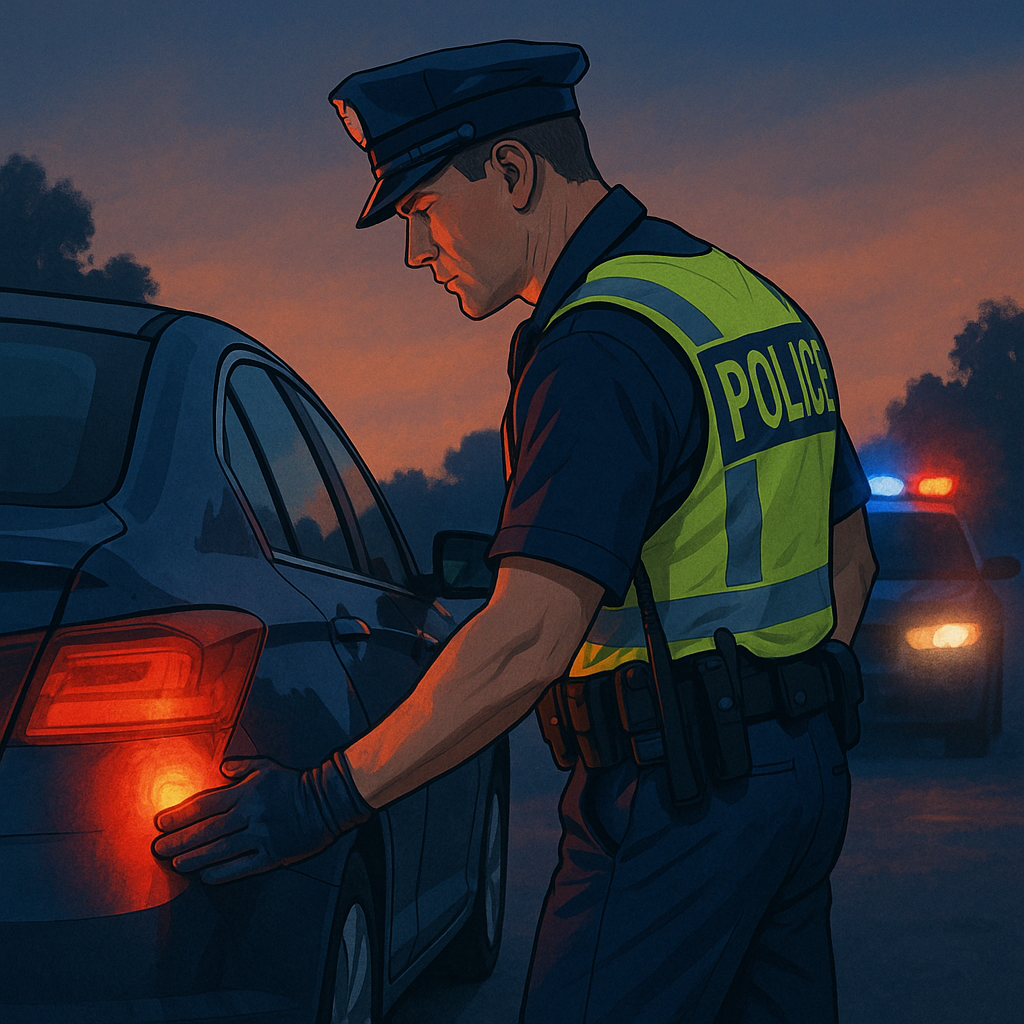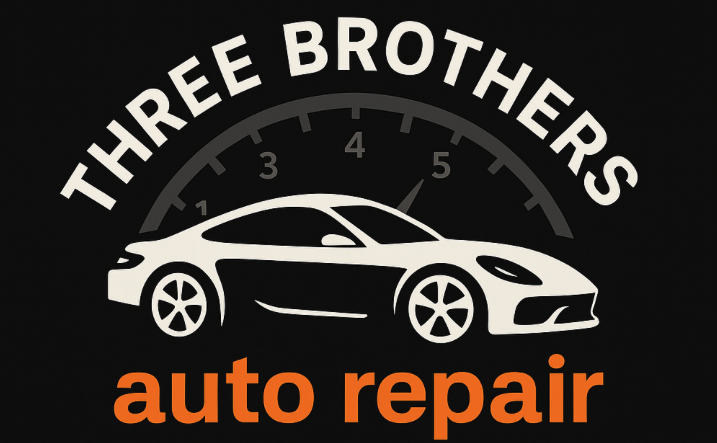If you’ve ever watched a traffic-stop video—or experienced one yourself—you might have noticed the officer give the tail light or trunk lid a quick tap on the way to the driver’s window. It looks almost reflexive, but it isn’t random. Below is a look at how the practice began, why some officers still do it, and what it means for everyday drivers.

A Habit Rooted in 1960s Policing
Before dash-cams, body-cams, or even reliable two-way radios, officers needed simple ways to document that a stop had occurred. Training academies in the late-1960s taught recruits to physically mark the vehicle by touching the tail light or trunk. That touch left a latent fingerprint—proof the officer was there if the encounter turned violent or the driver fled. Today, modern forensics can still recover that print weeks later.
Reason #1: Building a Fingerprint “Breadcrumb”
A quick tap on the lens (or metal just beside it) deposits the officer’s fingerprint where investigators know to look. If a worst-case scenario unfolds—an assault on the officer or a hit-and-run—detectives can match the print to the officer’s duty roster and confirm which cruiser made the stop. This tiny safeguard can speed up an investigation and strengthen any subsequent prosecution.
Reason #2: Making Sure the Trunk Is Secure
In rare—but very real—cases, attackers have hidden in a vehicle’s trunk to ambush an approaching officer. By pressing down on the lid, the officer confirms it’s latched and forces anyone inside to keep it shut. The motion also diverts the officer’s eyes briefly to the rear sheet-metal seams, looking for pry marks or fresh damage that might hint the trunk was used in a crime.
Reason #3: Creating a Tactical Advantage
The audible tap can startle or momentarily distract a driver who is trying to conceal contraband, giving the officer an extra half-second to read body language as they reach the window. A surprised driver often turns to look in the mirror, putting their hands in view and helping the officer gauge intent and potential threats.
Is the Tail-Light Tap Still Taught?
Many agencies have scaled the practice back. Modern cruiser-mounted cameras time-stamp every stop, and body-cams provide better evidence than a single fingerprint. Some departments now discourage the tap entirely because touching the rear of the car can pull the officer’s eyes away from the occupants and—on busy highways—force them dangerously close to passing traffic. Still, veteran officers may keep the habit; muscle memory is hard to break.
What Drivers Should Know
-
Stay calm and remain seated. A tap is normal and doesn’t signal suspicion.
-
Keep your hands visible. Rest them on the wheel; avoid sudden movements.
-
Comply with reasonable requests. Provide license, registration, and proof of insurance promptly.
-
Ask polite questions. If you’re unsure why you were stopped, you have the right to ask—but save disputes for court, not the roadside.
Key Takeaways
Quick Fact Why It Matters Fingerprint marker Links the officer to the exact vehicle if things go wrong. Trunk-security check Thwarts hidden attackers and spots signs of tampering. Driver-startle effect Gives the officer a split second to read behavior inside the cabin. Final Thoughts
While technology may someday retire the tail-light tap altogether, the gesture endures as a slice of policing history—part safety check, part on-scene documentation, part tactical cue. Understanding its purpose can take some anxiety out of your next traffic stop and remind us that small habits often carry big safety benefits.
